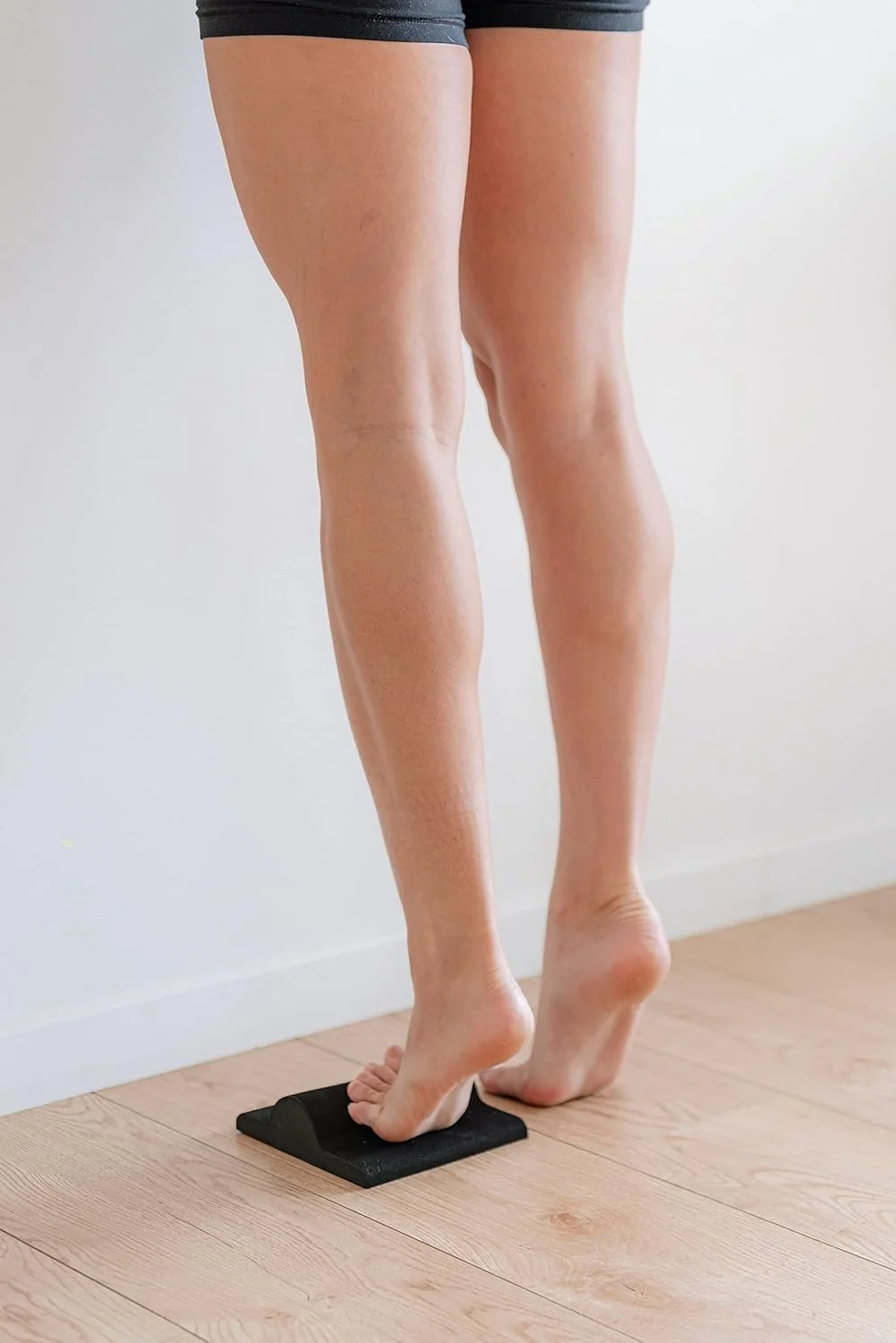Achilles Tendonitis (Back of Ankle)
Is pain or tightness in your heel or lower calf slowing you down? You might be experiencing Achilles tendonitis—an overuse injury that affects the tendon connecting your calf muscles to your heel bone. Left untreated, Achilles tendonitis can worsen, leading to chronic pain or even a partial tendon tear.
What is Achilles Tendonitis?
Achilles tendonitis occurs when the Achilles tendon becomes inflamed or irritated, usually due to repetitive strain or poor foot biomechanics. It’s especially common in runners, active individuals, or anyone who spends long hours on their feet.
There are two main types:
Insertional Achilles Tendonitis – where the pain occurs at the heel bone
Mid-portion Achilles Tendonitis – pain is felt higher up, along the tendon
Symptoms of Achilles Tendonitis
Pain and stiffness in the back of the heel or lower calf, especially in the morning
Tenderness when touched
Swelling along the tendon
Discomfort during or after activity
Limited ankle flexibility


